This article was co-authored by wikiHow staff writer, Jennifer Mueller, JD. Jennifer Mueller is a wikiHow Content Creator. She specializes in reviewing, fact-checking, and evaluating wikiHow's content to ensure thoroughness and accuracy. Jennifer holds a JD from Indiana University Maurer School of Law in 2006.
There are 10 references cited in this article, which can be found at the bottom of the page.
This article has been viewed 24,010 times.
Learn more...
When you're working on a research paper, citing datasets and statistics you used is just as important as citing articles and other references from your research. It allows your readers to independently examine the data and verify the methodology used in collecting it. The basic information in your citation is similar, but the format may differ depending on whether you're using the Modern Language Association (MLA), American Psychological Association (APA), or Chicago citation style.[1]
Steps
MLA
-
1Start your Works Cited entry with the author of the statistical document. Provide the author's last name first, then a comma, then their first name. Include a middle initial if provided. Place a period at the end of the first name. If an organization or government agency produced the document, use that name as the author. rather than an individual's name.[2]
- Example: New York City Department of Health and Mental Hygiene.
- Individual author example: Sunshine, Sally.
- If there are 2 authors, place a comma after the first author's name, then type the word "and" and list the second author's name in first name-last name order. For example: Sunshine, Sally and Luna Wolfe.
- For more than 2 authors, type the first author's name and a comma followed by the abbreviation "et. al." For example: Sunshine, Sally, et. al.[3]
-
2Provide the title of the statistical document in quotation marks. Type a space after the period following the author's name, then the title of the document. Use title-case, capitalizing the first word and all nouns, pronouns, adjectives, verbs, and adverbs. If there's a subtitle, place a colon at the end of the title, then type the subtitle in title-case. Place a period at the end, inside the closing quotation marks.[4]
- Example: New York City Department of Health and Mental Hygiene. "Community Health Profiles 2015, Brooklyn Community District 17: East Flatbush."
Advertisement -
3List publication information for the document. After the title of the document, type the place where the document can be found in italics. This is typically the name of a journal, magazine, or website. Place a comma after the name, then type the name of the organization or government agency that produced the document. Place another comma, then add the date the statistics were produced or last modified. Place a period after the date.[5]
- Example: New York City Department of Health and Mental Hygiene. "Community Health Profiles 2015, Brooklyn Community District 17: East Flatbush." NYC.gov, New York City Department of Health and Mental Hygiene, 2015.
- If a specific date is provided, use day-month-year format, abbreviating months with names longer than 4 letters. For example: 22 Feb. 2016.
-
4Include a direct URL or DOI for the statistical document. If you accessed the statistical document on a website or an online database, provide the permalink URL for the document. Don't include the "http://" portion of the URL. For online databases, type "doi:" followed by the DOI number for the document. Place a period at the end.[6]
- URL example: New York City Department of Health and Mental Hygiene. "Community Health Profiles 2015, Brooklyn Community District 17: East Flatbush." NYC.gov, New York City Department of Health and Mental Hygiene, 2015. www1.nyc.gov/assets/doh/downloads/pdf/data/2015chp-bk17.pdf.
- DOI example: "Hazardous Drinking Rates, Drinkers Only, Population Aged 15-74." Tackling Harmful Alcohol Use: Economics and Public Health Policy, Organization for Economic Co-operation and Development, 24 Dec. 2015. OECD iLibrary, doi:10.1787/9789264181069-graph7-en.
-
5Close with the access date for online documents. If you found the document online, type the word "Accessed" followed by the date you last accessed the document, using day-month-year format. Use abbreviations for months with names longer than 4 letters. Place a period at the end.[7]
- Example: New York City Department of Health and Mental Hygiene. "Community Health Profiles 2015, Brooklyn Community District 17: East Flatbush." NYC.gov, New York City Department of Health and Mental Hygiene, 2015. www1.nyc.gov/assets/doh/downloads/pdf/data/2015chp-bk17.pdf. Accessed 24 Jan. 2017.
MLA Works Cited Entry Format:
Author Last Name, First Name. "Title of Document: Subtitle if Any." Title of Website or Publication, Name of Publisher, Day-Month-Year published or last modified. URL/DOI. Accessed Day-Month-Year.
-
6Use the author's last name and page number for in-text citations. At the end of any sentence in which you quote or paraphrase the statistics, add a parenthetical with the author's last name and the page number where that specific information can be found. The parenthetical goes inside your closing punctuation for the sentence.[8]
- For example, you might write: Statistics show 30 percent of the adult residents of East Flatbush are obese (New York City Department of Health and Mental Hygiene 9).
- If the source isn't paginated, you only need to provide the author's last name in the parenthetical citation.
- If you mention the author's name in your text, provide a page number in the parenthetical. For example, you might write: According to the New York City Department of Health and Mental Hygiene, 30 percent of the adult residents of East Flatbush are obese (9). If the source is not paginated, you don't need a parenthetical at all if you mention the author's name in your text.
APA
-
1Start with the name of the author or rights holder. The first element of an APA reference list entry is the last name of the author followed by a comma and the first and middle initials of the author. If no middle initial is provided, just use the first initial. If no author's name is provided, use the name of the government agency, organization, or business that produced the statistical document as the rightsholder. Place a period at the end.[9]
- Example: National Center for Health Statistics.
- If there are 2 to 7 authors, list each name using the same last name-initials format. Place a comma between names and an ampersand before the final author's name. If there are more than 7 authors listed, place an ellipsis after the 6th author's name, then provide the last author's name. Never list more than 7 authors in an APA reference list entry.[10]
-
2Provide the year the document was published in parentheses. Type a space after the period following the name, then type the year of publication in parentheses or round brackets. Place a period at the end, outside the closing parentheses.[11]
- Example: National Center for Health Statistics. (2016).
-
3Include the title of the document followed by a brief description. Type the title of the document in italics. Use sentence-case, capitalizing only the first word and any proper nouns in the title. If there is a subtitle, place a colon at the end of the title and then type the subtitle, also in sentence-case. Include a 1- to 2-word description of the document in square brackets after the title. The description should not be italicized. Place a period after the closing brackets.[12]
- Example: National Center for Health Statistics. (2016). Health, United States, 2015: With special feature on racial and ethnic health disparities [Statistical report].
- Examples of possible descriptions include "statistical report," "data file," "dataset," "preliminary report," or "statistical analysis."
- If there is a version number, include it in parentheses between the title and the description.
-
4Close with the permalink URL or DOI for the document. Type a space after the period, then the words "Retrieved from." Copy the full permalink URL for online documents. If you're using a DOI for statistics from an electronic database, type "doi:" followed by the number. Do not add any closing punctuation after a URL or DOI.[13]
- URL example: National Center for Health Statistics. (2016). Health, United States, 2015: With special feature on racial and ethnic health disparities [Statistical report]. Retrieved from https://www.cdc.gov/nchs/data/hus/hus15.pdf
- DOI example: Organization for Economic Co-operation and Development (2015). Hazardous drinking rates, drinkers only, population aged 15-74 [Statistical report]. Retrieved from doi: 10.1787/9789264181069-graph7-en
APA Reference List Format:
Author Last Name, A. A. (Year). Title of document: Subtitle if any (Version # if available) [Description of document]. Retrieved from URL/DOI
-
5Use the author's last name and the publication year for in-text citations. Generally, type the author's last name followed by a comma and the year of publication in parentheses at the end of any sentence in which you quote or paraphrase the statistical document. Your parenthetical citation goes inside the closing punctuation. For direct quotations, include the abbreviation "p." followed by the page number or page range where the quoted material appears.[14]
- For example, you might write: In 2014, life expectancy for males increased 1.4 years (National Center for Health Statistics, 2016).
- If you mention the author in the text of your paper, include the year in parentheses immediately after the author's name. For example, you might write: According to the National Center for Health Statistics (2016), life expectancy for males increased by 1.4 years in 2014.
- If you happen to mention both the author's name and the year of publication in the text of your paper, there's no need for a parenthetical citation unless you have directly quoted the source. In that case, you would include the page number in parentheses at the end of the sentence.
Chicago
-
1Start with the name of the individual or institutional author. The first element of a Chicago-style bibliographic entry is the last name of the author, followed by a comma and the author's first name. Include a middle initial if provided. If the statistics were produced by a government agency or other organization, use that entity's name as the author.[15]
- Institutional author example: National Center for Health Statistics.
- Individual author example: Sunshine, Sally K.
- For 2 or 3 authors, list each author's name separated by commas with the word "and" before the final author's name All authors other than the first author are listed in first name-last name format. For example: Sunshine, Sally K. and Luna Wolfe.
- If there are more than 3 authors, type the first author's name followed by a comma and the abbreviation "et. al." For example: Sunshine, Sally K., et. al.[16]
-
2Include the title of the statistical document in italics. Type a space after the period, then type the title of the statistical document. Use title case, capitalizing the first word and all nouns, pronouns, verbs, adverbs, and adjectives. If there is a subtitle, place a colon after the title, then type the subtitle in title case. Place a period at the end.[17]
- Example: National Center for Health Statistics. Health, United States, 2015: With Special Feature on Racial and Ethnic Disparities.
-
3List the location and name of the publisher. Provide the city and state (city and country for locations outside the US), then type a colon and type the name of the publisher followed by a period. For websites, use the owner or sponsor of the website as the publisher.[18]
- Example: National Center for Health Statistics. Health, United States, 2015: With Special Feature on Racial and Ethnic Disparities. Washington, D.C.: U.S. Government Printing Office.
-
4Provide the distributor of the statistics if different from the publisher. If the statistical report was published by one entity but is being distributed by another, type "Distributed by." Then include the name and location for the distributor using the same format you used for the publisher. Place a comma after the publisher's name followed by the year of publication. Place a period after the year.[19]
- Example: National Center for Health Statistics. Health, United States, 2015: With Special Feature on Racial and Ethnic Disparities. Washington, D.C.: U.S. Government Printing Office. Distributed by Hyattsville, MD: National Center for Health Statistics, 2016.
-
5Close with a permalink URL or DOI, if applicable. If you accessed the statistical document online, include a direct URL followed by a period. For online databases, type "doi:" followed by the document's DOI, then place a period at the end.[20]
- URL Example: National Center for Health Statistics. Health, United States, 2015: With Special Feature on Racial and Ethnic Disparities. Washington, D.C.: U.S. Government Printing Office. Distributed by Hyattsville, MD: National Center for Health Statistics, 2016. https://www.cdc.gov/nchs/data/hus/hus15.pdf.
- DOI example: Organization for Economic Co-operation and Development. Hazardous Drinking Rates, Drinkers Only, Population Aged 15-74. Paris, France: OECD iLibrary. doi: 10.1787/9789264181069-graph7-en.
Chicago Bibliography Format:
Author Last Name, First Name. Title of Document: Subtitle if Any. Location: Publisher. Distributed by Location: Distributor (if different from publisher), Year. URL/DOI.
Chicago Bibliography Format:
Author Last Name, First Name. Title of Document: Subtitle if Any. Location: Publisher. Distributed by Location: Distributor (if different from publisher), Year. URL/DOI.
-
6Use the same information with different punctuation in footnotes. For Chicago-style footnotes, replace periods with commas and put the publication information in parentheses. Place a comma after a URL, then type the specific page numbers where the material cited can be found. The only period should be at the end of the last page number.[21]
- Example: National Center for Health Statistics, Health, United States, 2015: With Special Feature on Racial and Ethnic Disparities, (Washington, D.C.: U.S. Government Printing Office, distributed by Hyattsville, MD: National Center for Health Statistics, 2016) https://www.cdc.gov/nchs/data/hus/hus15.pdf, 65-86.
References
- ↑ https://www.icpsr.umich.edu/files/ICPSR/enewsletters/iassist.html
- ↑ https://guides.library.unr.edu/mlacitation/cite-statistics
- ↑ https://sites.umuc.edu/library/libhow/mla_examples.cfm
- ↑ https://guides.library.unr.edu/mlacitation/cite-statistics
- ↑ https://guides.library.unr.edu/mlacitation/cite-statistics
- ↑ https://guides.library.unr.edu/mlacitation/cite-statistics
- ↑ https://guides.library.unr.edu/mlacitation/cite-statistics
- ↑ https://owl.purdue.edu/owl/research_and_citation/mla_style/mla_formatting_and_style_guide/mla_in_text_citations_the_basics.html
- ↑ https://guides.library.ucsc.edu/citedata
- ↑ https://owl.purdue.edu/owl/research_and_citation/apa_style/apa_formatting_and_style_guide/reference_list_author_authors.html
- ↑ https://guides.library.ucsc.edu/citedata
- ↑ https://guides.library.ucsc.edu/citedata
- ↑ https://guides.library.ucsc.edu/citedata
- ↑ https://owl.purdue.edu/owl/research_and_citation/apa_style/apa_formatting_and_style_guide/in_text_citations_the_basics.html
- ↑ https://guides.lib.umich.edu/c.php?g=282964&p=3285995
- ↑ http://libguides.uleth.ca/chicagostyle/books/multiple
- ↑ https://guides.lib.umich.edu/c.php?g=282964&p=3285995
- ↑ https://guides.lib.umich.edu/c.php?g=282964&p=3285995
- ↑ https://guides.lib.umich.edu/c.php?g=282964&p=3285995
- ↑ https://guides.lib.umich.edu/c.php?g=282964&p=3285995
- ↑ https://research.wou.edu/c.php?g=551307&p=3785233
- ↑ https://guides.library.unr.edu/mlacitation/cite-statistics

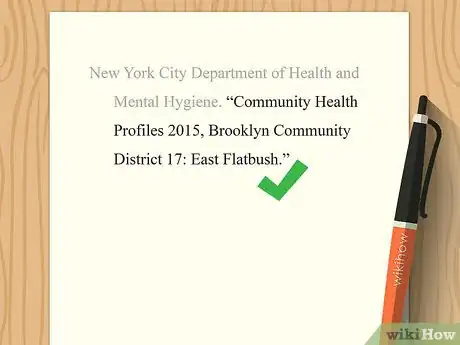
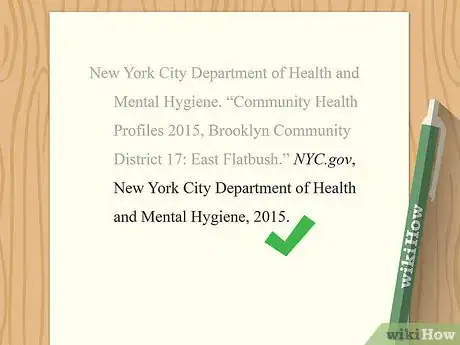
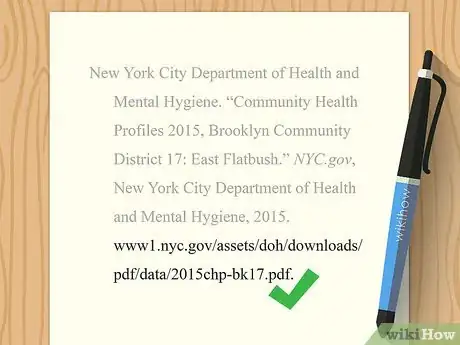
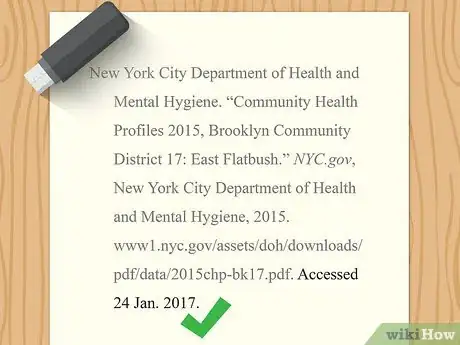



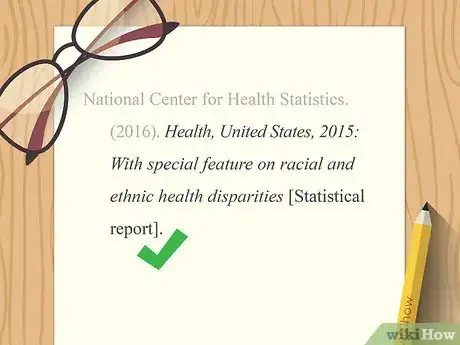
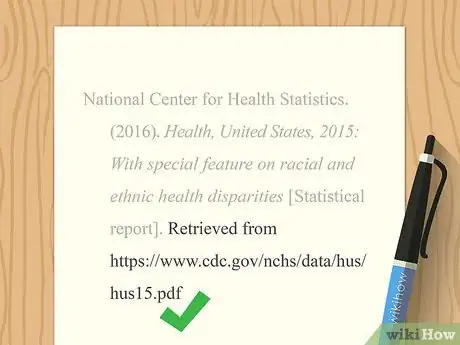
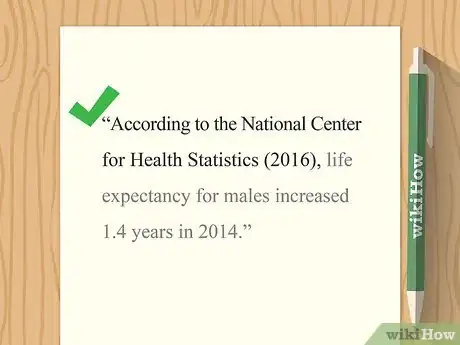


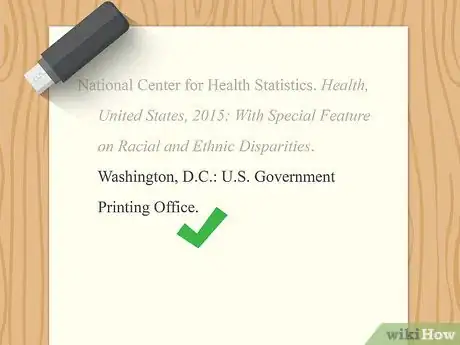

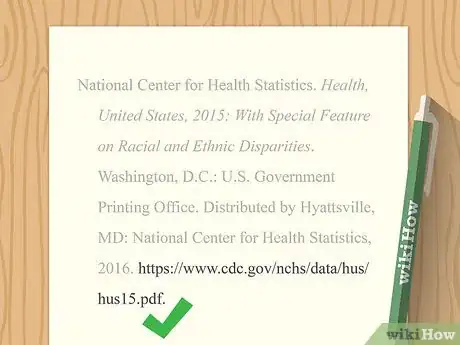
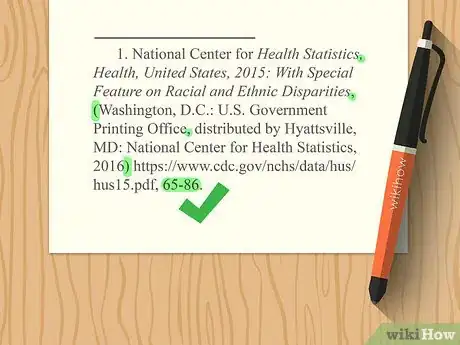










-Step-18.webp)

















































